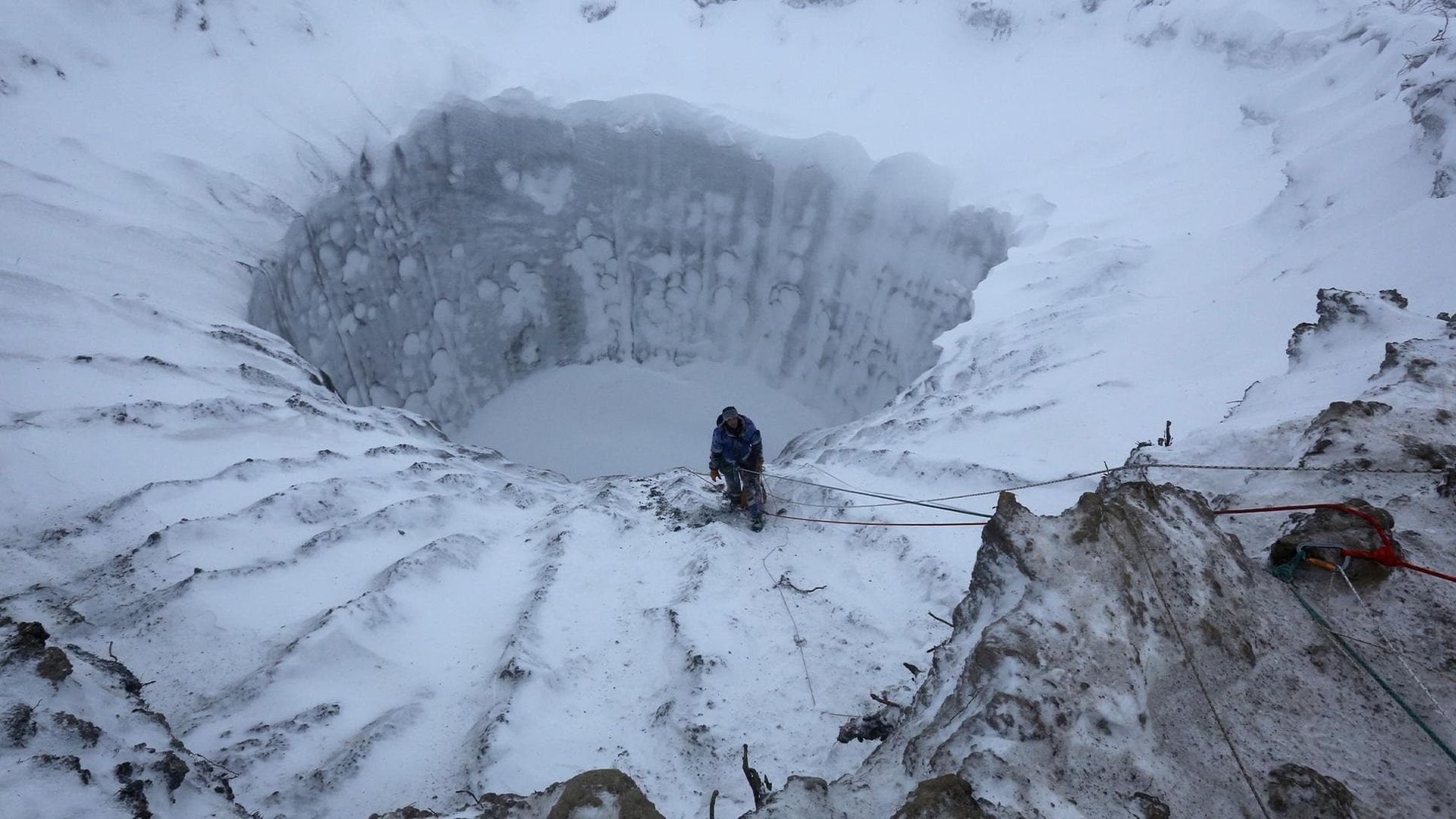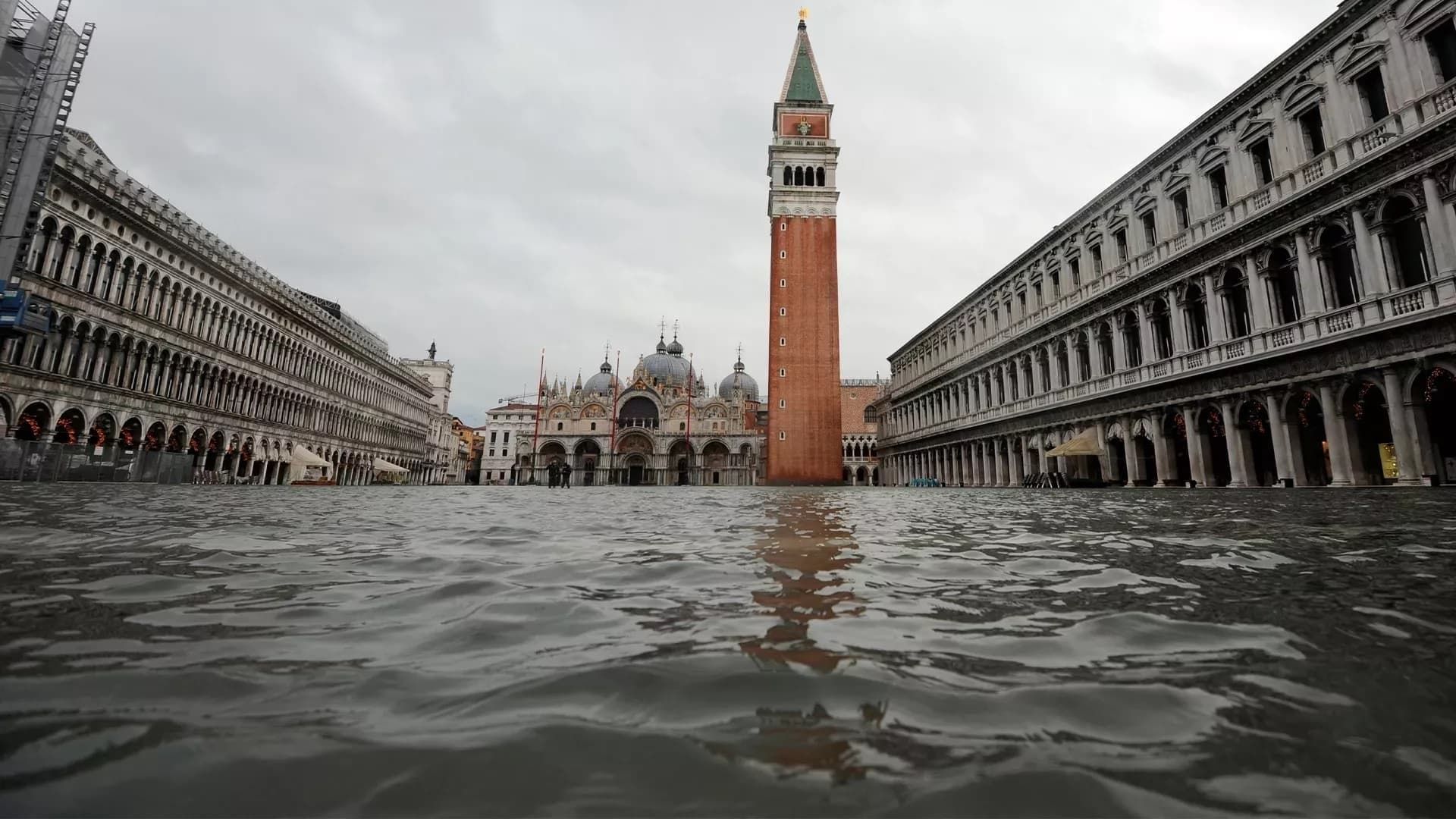
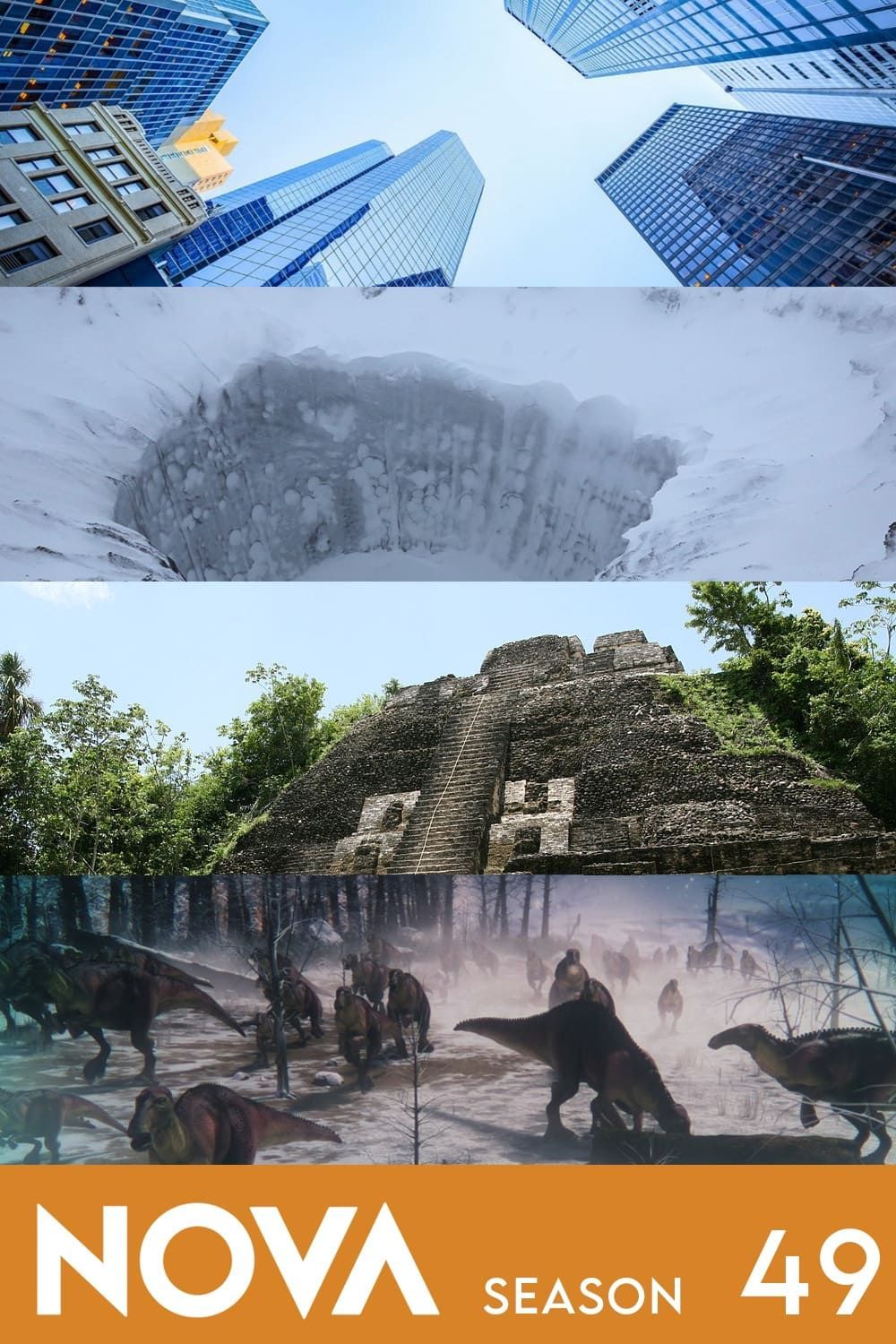
NOVA
Season 49
TV-PG
A weekly documentary series, each episode providing an in-depth look at a different subject of scientific research. Subjects examined by this show have included the cutting edge of theoretical physics, a return to the Chernobyl nuclear reactor, the long-term effects of Amazon deforestation, and the development of life-saving medical techniques.
Where to Watch Season 49
19 Episodes
- Secrets in the Scat
 E2
E2Secrets in the ScatScott Burnett is “Scatman”—an Australian ecologist on the trail of the secrets of poop. By identifying and analyzing animal scat for DNA and hormones, he discovers essential details of their behavior, how they fit in the ecosystem, and even how to protect them. - Great Mammoth Mystery
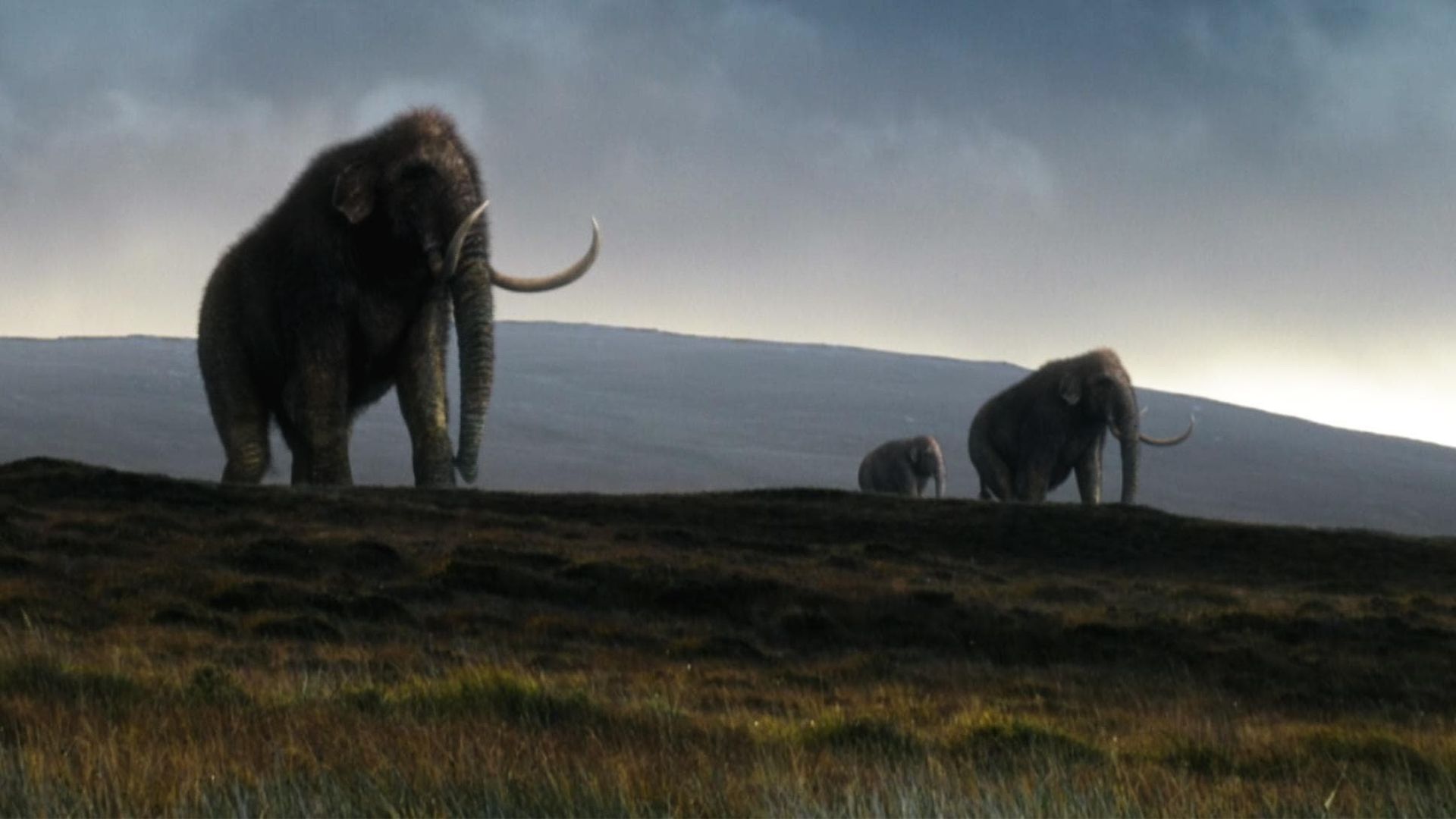 E3
E3Great Mammoth MysterySir David Attenborough investigates a unique site in southern England where amateur fossil hunters uncovered giant mammoth bones and evidence of Neanderthals. A team of paleontologists and archaeologists soon discover that the site preserves rare evidence of the extinct beasts and early human inhabitants of Britain dating to over 200,000 years ago. - Augmented
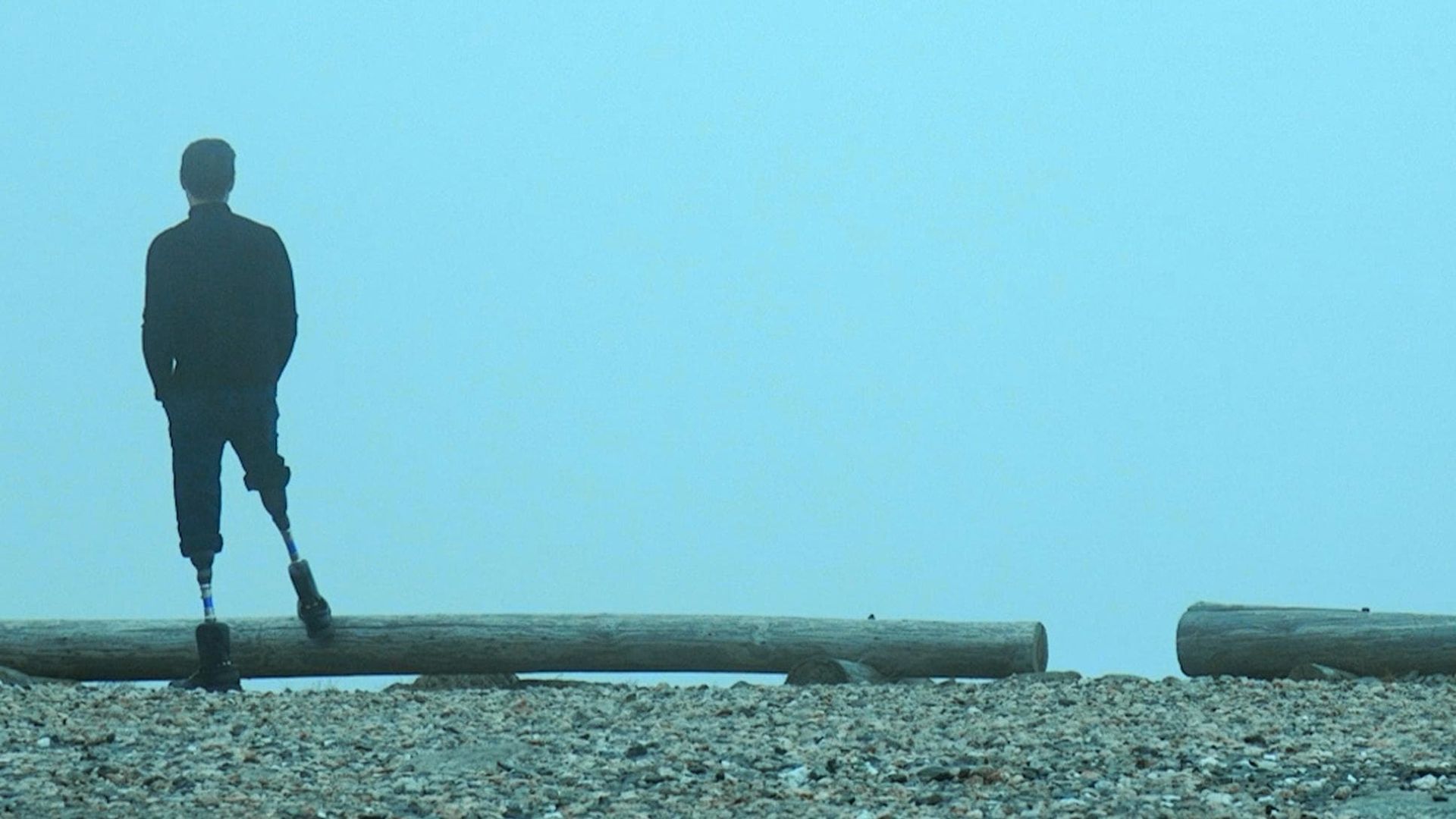 E4
E4AugmentedFollow the dramatic personal journey of Hugh Herr, a biophysicist working to create brain-controlled robotic limbs. At age 17, Herr’s legs were amputated after a climbing accident. Frustrated by the crude prosthetic limbs he was given, Herr set out to remedy their design, leading him to a career as an inventor of innovative prosthetic devices. - Dinosaur Apocalypse: The New Evidence
 E6
E6Dinosaur Apocalypse: The New EvidenceIn North Dakota, scientists use new fossils to reconstruct what life might have been like just before an asteroid wiped out the dinosaurs. The site reveals evidence, including the unhatched egg of a pterosaur, a huge flying reptile. - Dinosaur Apocalypse: The Last Day
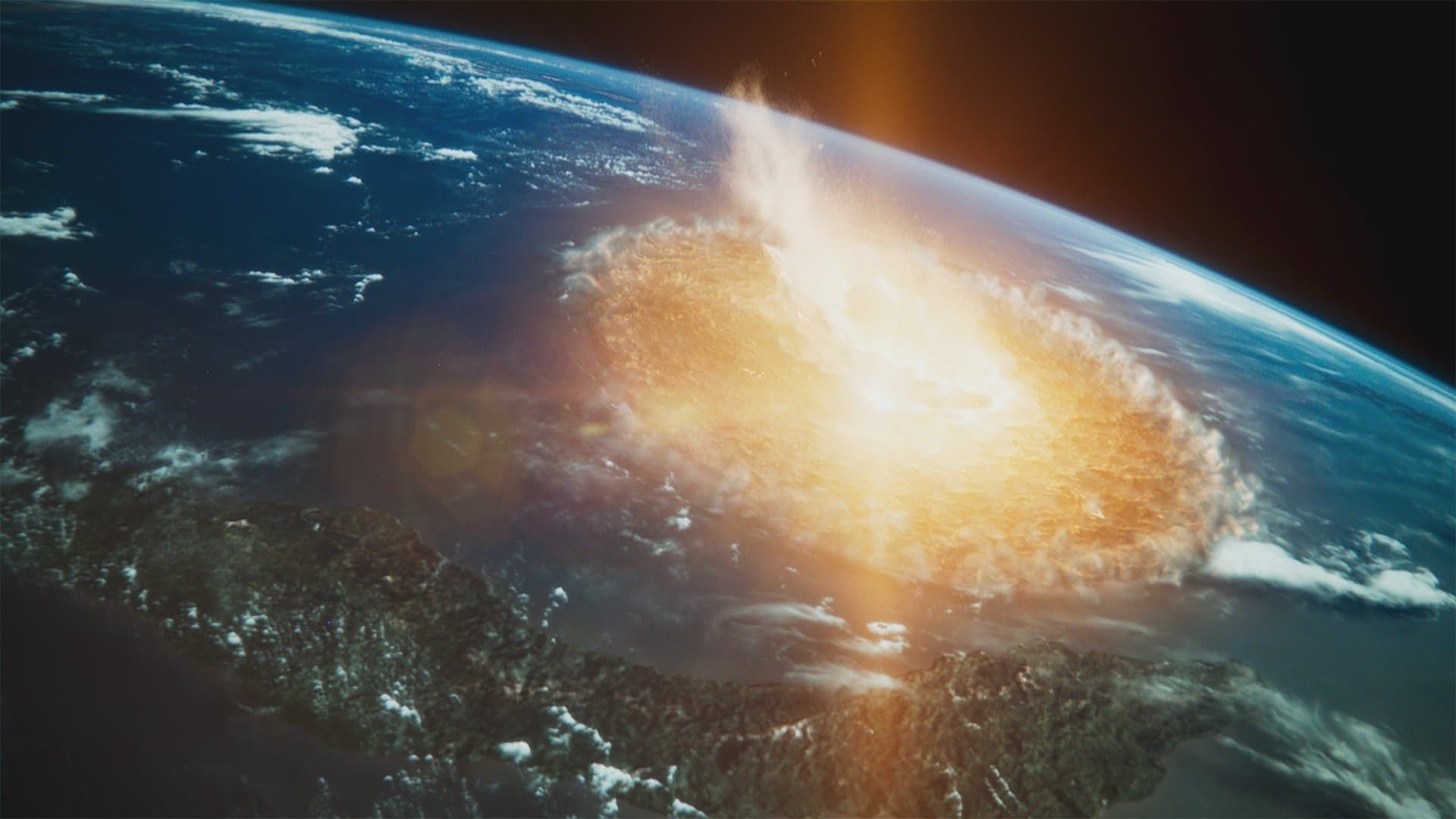 E7
E7Dinosaur Apocalypse: The Last DayIn the second episode of this two-part series, the search continues for signs of what happened on the day the dinosaurs died. Scientists uncover extremely rare fossils and more evidence that could link the dig site in North Dakota to the asteroid that wiped out the dinosaurs 66 million years ago. Among the fossils are tiny spheres of glass locked in amber. Inside one of the spheres is a speck of rock that appears to be a chemical match to the killer asteroid itself. And scientists uncover one of the most spectacular finds of all: an almost perfectly preserved dinosaur leg. Sir David Attenborough guides us on a search for clues that could provide an unprecedented snapshot of what happened in the dinosaurs’ final moments on Earth. - Why Ships Crash
 E8
E8Why Ships CrashWhen the bow of the colossal Ever Given container ship plowed into the bank of the Suez Canal on March 23, 2021, international supply chains ground to a halt. What went wrong? Follow the dramatic efforts to free the ship and the investigation into one of the most expensive shipping disasters ever. Maritime experts analyze other recent accidents and try to figure out how such devastating crashes could be prevented. - Ice Age Footprints
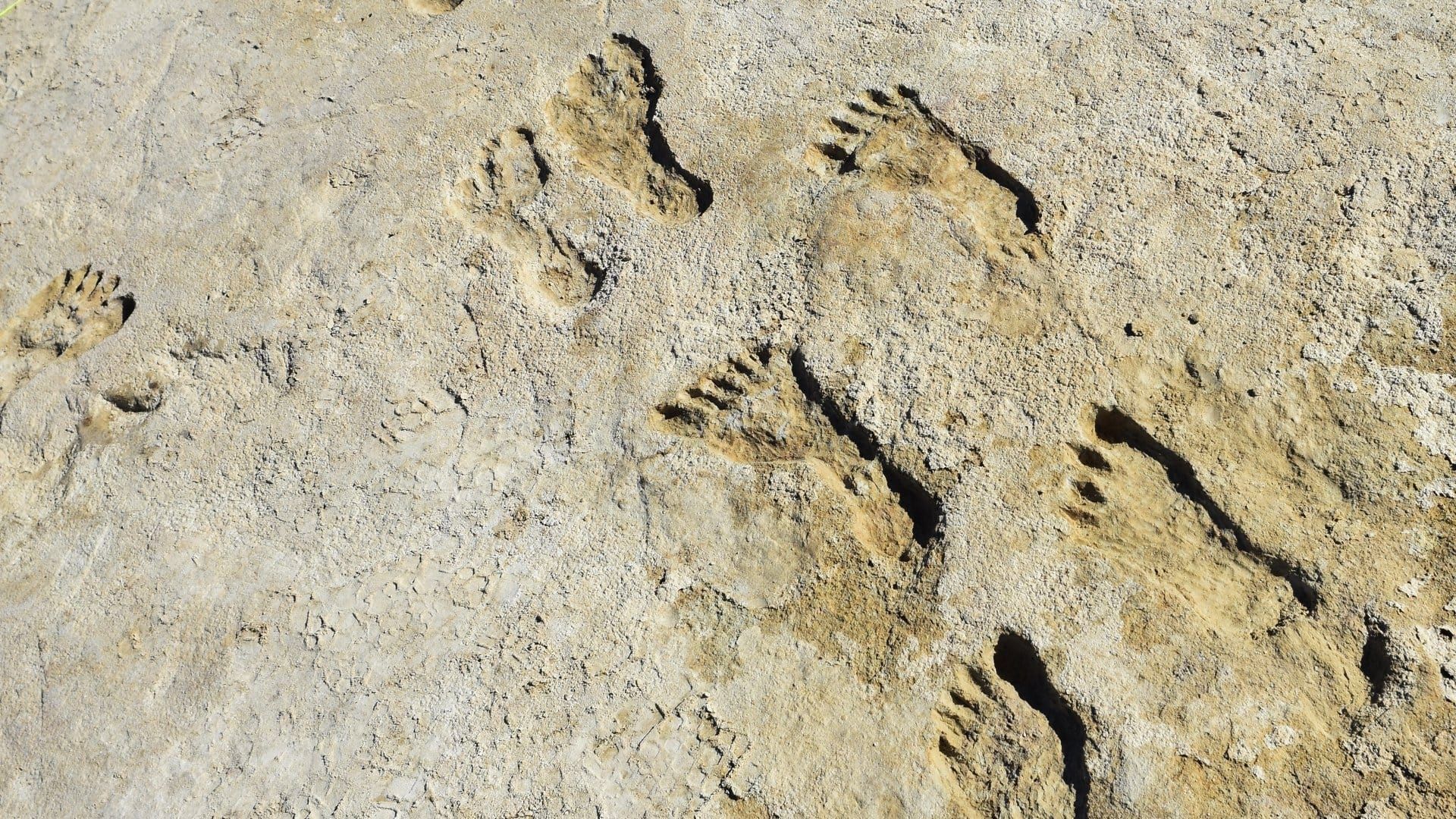 E9
E9Ice Age FootprintsThousands of ancient footprints stretch for miles across New Mexico’s White Sands National Park, capturing moments when Ice Age humans encountered now-extinct beasts, including mammoths and enormous ground sloths. These footprints tell an intimate story about what life was like during the Ice Age and reveal surprising new evidence about when humans arrived in North America. - Ultimate Space Telescope
 E10
E10Ultimate Space TelescopeHow did NASA engineers build and launch the most ambitious telescope of all time? Follow the dramatic story of the James Webb Space Telescope—the most complex machine ever launched into space. If it works, scientists believe that this new eye on the universe will peer deeper back in time and space than ever before to the birth of galaxies, and may even be able to “sniff” the atmospheres of exoplanets as we search for signs of life beyond Earth. But getting it to work is no easy task. The telescope is far bigger than its predecessor, the famous Hubble Space Telescope, and it needs to make its observations a million miles away from Earth—so there will be no chance to go out and fix it. That means there’s no room for error; the most ambitious telescope ever built needs to work perfectly. Meet the engineers making it happen and join them on their high stakes journey to uncover new secrets of the universe. - Computers v. Crime
 E13
E13Computers v. CrimeIn police departments and courts across the country, artificial intelligence is being used to help decide who is policed, who gets bail, how offenders should be sentenced, and who gets parole. But is it actually making our law enforcement and court systems fairer and more just? This timely investigation digs into the hidden biases, privacy risks, and design flaws of this controversial technology. - Can Psychedelics Cure?
 E14
E14Can Psychedelics Cure?Hallucinogenic drugs—popularly called psychedelics—have been used by human societies for thousands of years. Today, scientists are taking a second look at many of these mind-altering substances – both natural and synthetic – and discovering that they can have profoundly positive clinical impacts, helping patients struggling with a range of afflictions from addiction to depression and PTSD. - Ocean Invaders
 E15
E15Ocean InvadersLionfish–long prized in home aquariums–have invaded the Atlantic, and are now one of the ocean’s most successful invasive species, wreaking havoc in waters across the globe. Join ocean explorer Danni Washington on a journey to find out how they took over, why they’re doing so much damage, and what can be done about it. - Nazca Desert Mystery
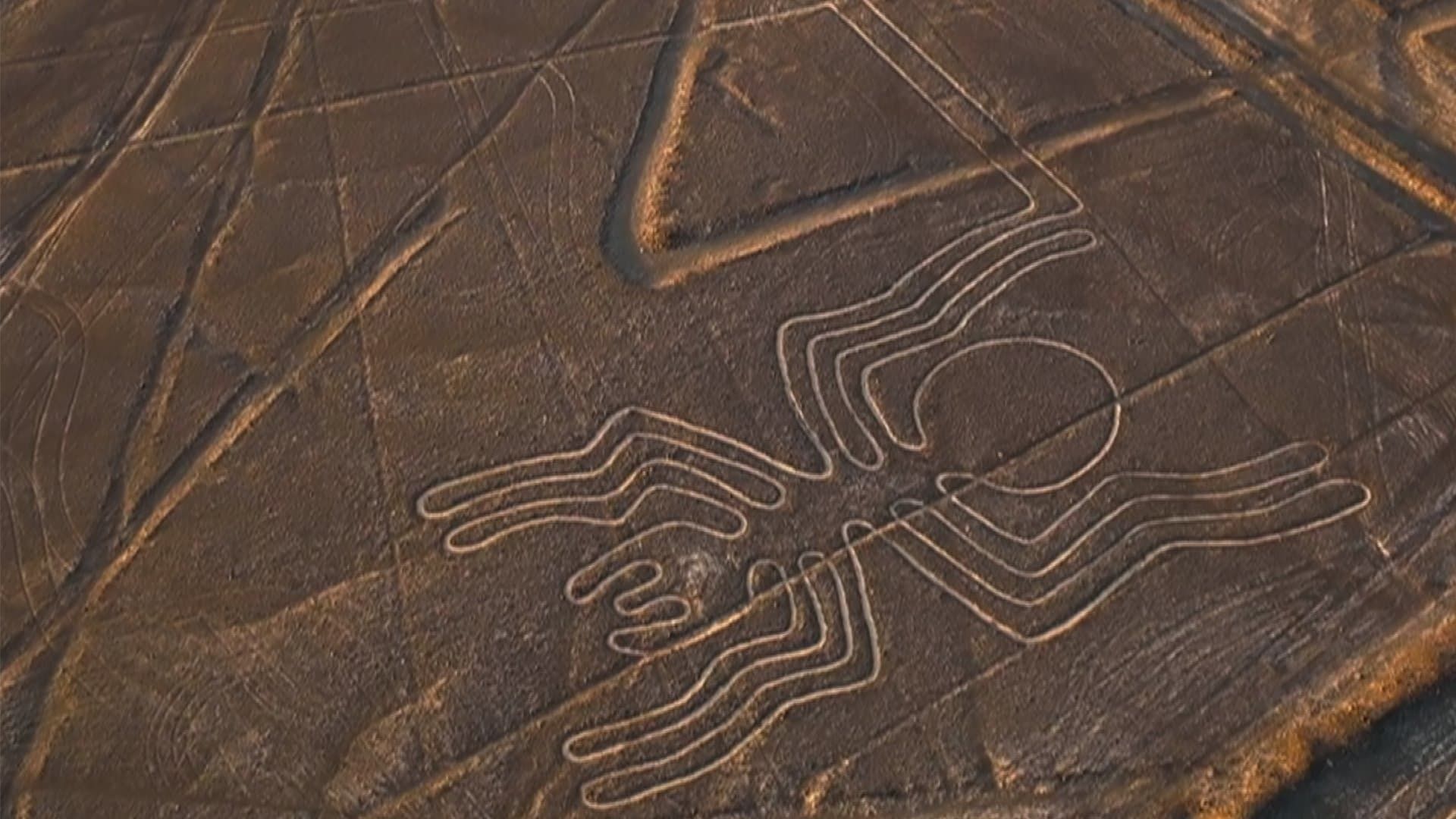 E16
E16Nazca Desert MysteryOne of the world’s greatest ancient enigmas, the Nazca lines are a dense network of criss-crossing lines, geometric shapes, and animal figures etched across 200 square miles of Peruvian desert. Who created them and why? Ever since they were rediscovered in the 1920s, scholars and enthusiasts have raised countless theories about their purpose. - Crypto Decoded
 E17
E17Crypto DecodedFrom Bitcoin to NFTs, crypto is making headlines. But what exactly is it, and how does it work? Experts go beyond the hype and skepticism to unravel the social and technological underpinnings of crypto – exploring how it came to be and why this new technology may change more than just money.
